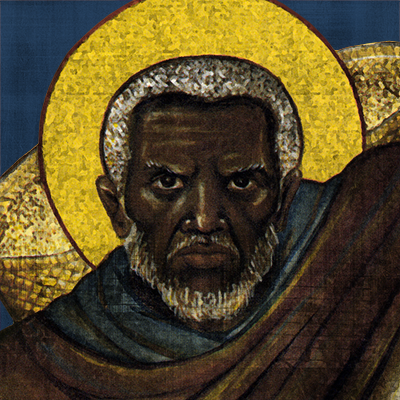
Moses the Black, also known as Moses the Robber, was a notable desert father in the fourth century AD. Moses originally came from central Africa, a home he left for Egypt, where he worked as a servant of a wealthy Egyptian landowner. Here, Moses frequently stole his employer’s property, which he sold in exchange for gold. After he also committed a murder, he was caught and fired, and he resorted to a life of crime full-time: going on frequent rampages in the countryside with fellow gang members.
Moses eventually repented and joined a monastery. Nonetheless, he continued to struggle with his desire for violence and destruction long after his repentance, and his particular process of sanctification was filled with difficulty. Nonetheless, through hard labor, and especially by regularly carrying all the water from the well to the monastery in service for his brothers, Moses managed to discipline his natural passions.
The story of St. Moses is an example of the necessity for a distinctly racial sanctification as the antidote to each race’s unique weaknesses and depravities. This way all the different parts of Christ’s Body can take up and fulfill their unique callings in line with God’s created order. With violent crime rampant in black culture around the world, black Christians would do well to learn from and strive to follow the example of Moses the Black.
| Tweet |
|
|
|




